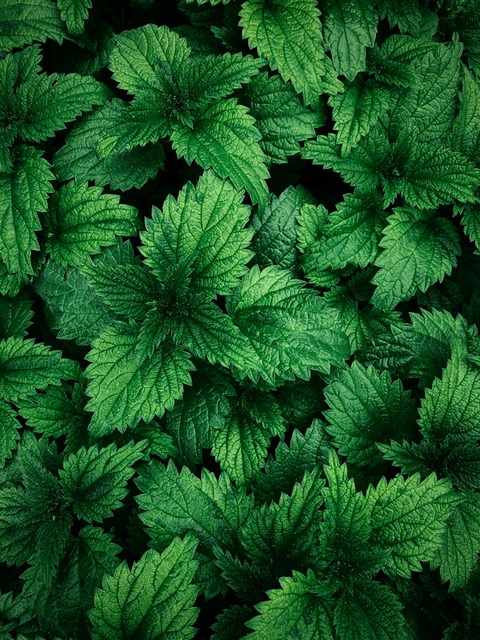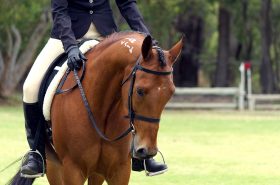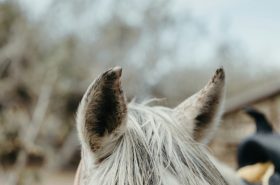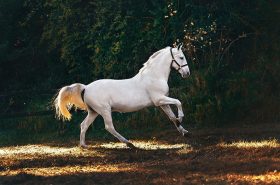 Stinging nettle (Urtica dioica) grows in damp areas, typically along streams and ditches, as well as on mountain slopes. The plant often gets a bad rap for two reasons: 1.) It’s viewed as an unsightly weed and 2.) It has tiny hairs on its leaves and stem that sting when you come in contact with them—hence the name stinging nettle. However, many people may not be aware that when nettle is cut and dried, it loses its sting and becomes a valuable herb. In fact, nettle has a long history of medicinal use in people and was routinely used in medieval Europe as a diuretic to flush harmful chemicals and excess water from the body. It was also commonly used to treat joint pain.
Stinging nettle (Urtica dioica) grows in damp areas, typically along streams and ditches, as well as on mountain slopes. The plant often gets a bad rap for two reasons: 1.) It’s viewed as an unsightly weed and 2.) It has tiny hairs on its leaves and stem that sting when you come in contact with them—hence the name stinging nettle. However, many people may not be aware that when nettle is cut and dried, it loses its sting and becomes a valuable herb. In fact, nettle has a long history of medicinal use in people and was routinely used in medieval Europe as a diuretic to flush harmful chemicals and excess water from the body. It was also commonly used to treat joint pain.
Topically, dried nettle preparations have been used to treat sore muscles and skin issues such as eczema and gout. In modern times, nettle is still used in human medicine to treat enlarged prostrate, urinary tract infections, and hay fever.
Feeding Nettle to Horses
Nettle is well known for its detoxifying effects and has long been called the “spring tonic” because it helps to cleanse the body after winter. For horses, feeding dried nettle can help with the following issues:
Respiratory ailments
Allergies
Laminitis and circulation issues
Arthritis
Liver or kidney disorders
Lactation issues
Skin issues
Aside from its medicinal value, nettle is also highly nutritious. It is rich in chlorophyll and contains ample amounts of the following nutrients
- Calcium
- Magnesium
- Zinc
- Manganese
- Phosphorous
- Potassium
- Protein
- Riboflavin
- Thiamine
- Selenium
- Chromium
- Cobalt
- Vitamins A, C and K
Nettle is plentiful in many areas, so you can harvest it yourself if you’re interested. If you choose to do this, however, make sure to wear sturdy shoes, pants, long sleeves, and gloves as live nettle leaves can be very painful to touch. If you’d rather not risk the sting, you can purchase dried nettle from a variety of online companies.
Dosage for Feeding Dried Nettle
The recommendations for feeding dried nettle to an average sized (450kg) horse range from 15-30 g (1/3- 1 cup) per day. Nettle has shown to be safe for long-term feeding, but it can also be fed short-term as a tonic or immune booster.
Important Note: Though rare, horses can be allergic to dried nettle and can develop a nettle rash. If this happens, stop feeding the herb and consult your veterinarian.



